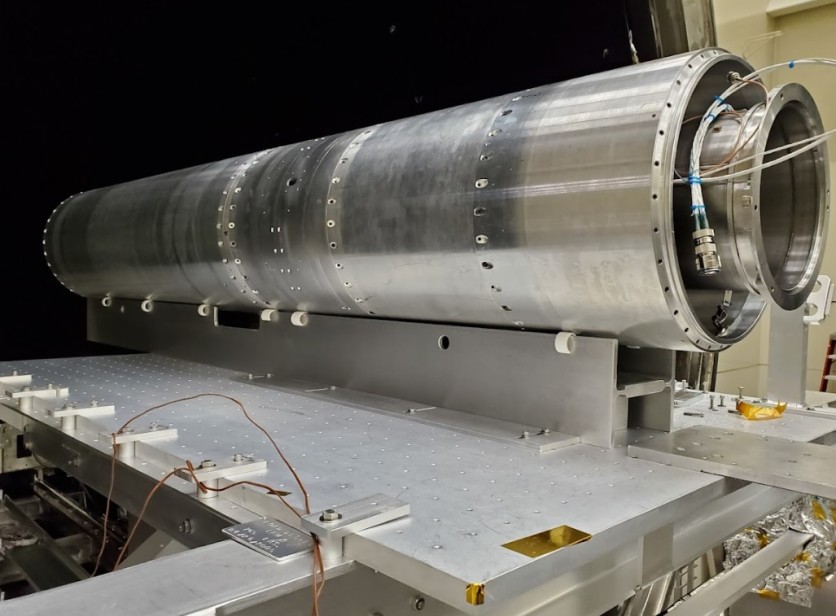NASA has recently accomplished its Marshall Grazing Incidence X-ray Spectrometer (MAGIXS) mission by launching an X-ray solar imager that would tell more about the sun's corona.
It was launched on July 30, at 2:20 PM EDT, in New Mexico from the White Sands Missile Range.
What is MAGIXs Mission

According to NASA's release on Monday, Aug. 2, the mission not only involved the X-ray spectrometer. It also brought a telescope and a specialized camera for high-quality image processing. It aims to study more about the Sun's corona in very close detail.
MAGIXS mission's lead investigator, Amy Winebarger, said that what they knew so far about the heating mechanisms of the solar corona has some limitations.
So far, we knew that the surface temperature of the Sun could exceed 10,000 degrees Fahrenheit. Surprisingly, its corona is even hotter at over 1.8 million degrees Fahrenheit.
Two Potential Reasons Behind Solar Corona's Unusual Heating
According to Winebarger, there could be some explanations as to how such a process takes place.
For scientists, it could be related to nanoflares that trigger the magnetic lines coming from the Sun's surface. The scene could be compared to a spaghetti soaked in hot water representing the corona's hot regions.
Another possibility why such a corona-linked event happens is because of wave heating.
There is a process called internal solar agitation, which expels energy to give more heat to the solar corona.
In line with the MAGIXS mission, NASA's heliophysicist said that the said activity will make use of the same method during the regular X-ray procedure that doctors usually do.
In NASA's previous missions involving the X-ray spectrometer, the researchers only discovered a few things about the solar corona.
For this part, MAGIXs will be designated to calculate the temperatures in the Sun's various regions. This would explain why and how the corona retains its unusual hotness over time.
What Could MAGIXS Mission Contribute to Researchers
NASA said that this X-ray spectrometer mission can contribute some necessary information to the researchers who want to know more about the Sun's corona.
Possibly, this probe might help them to impose predictions about the coming of events, such as coronal mass ejections and solar flares that could disrupt mobile signals.
In the upcoming months, the international space agency will release its findings regarding the data and information that the NASA team will gather.
Last year, the European Space Agency (ESA)'s solar orbiter successfully crossed the sun. It aims to discover some details about the sun's behavior.
Last month, another X-ray mission was carried out by NASA's Chandra spacecraft. The mission yielded a conclusion that the black hole's mass is equivalent to nearly two billion solar masses, Phys.org reported.
Related Article : NASA Space Telescope Snaps 100 Millionth Photo of the Sun
This article is owned by Tech Times
Written by Joseph Henry




